Piriformis Syndrome
The textbook answer is that Piriformis Syndrome is a condition that occurs when the piriformis muscle, which is in the buttocks, becomes tight or spasms. Because of location adjacent to the sciatic nerve, it is often blamed for pain patterns that run from the buttocks and down the leg. A small percentage of people (approximately 13%) may even have a bifurcated muscle through which the sciatic nerve goes furthering claims as too its ability to cause sciatica.
As you might have noticed from my tone, we at DISC aren’t the biggest fans of this theory, as for us it involves blaming the messenger rather than trying to identify the cause.
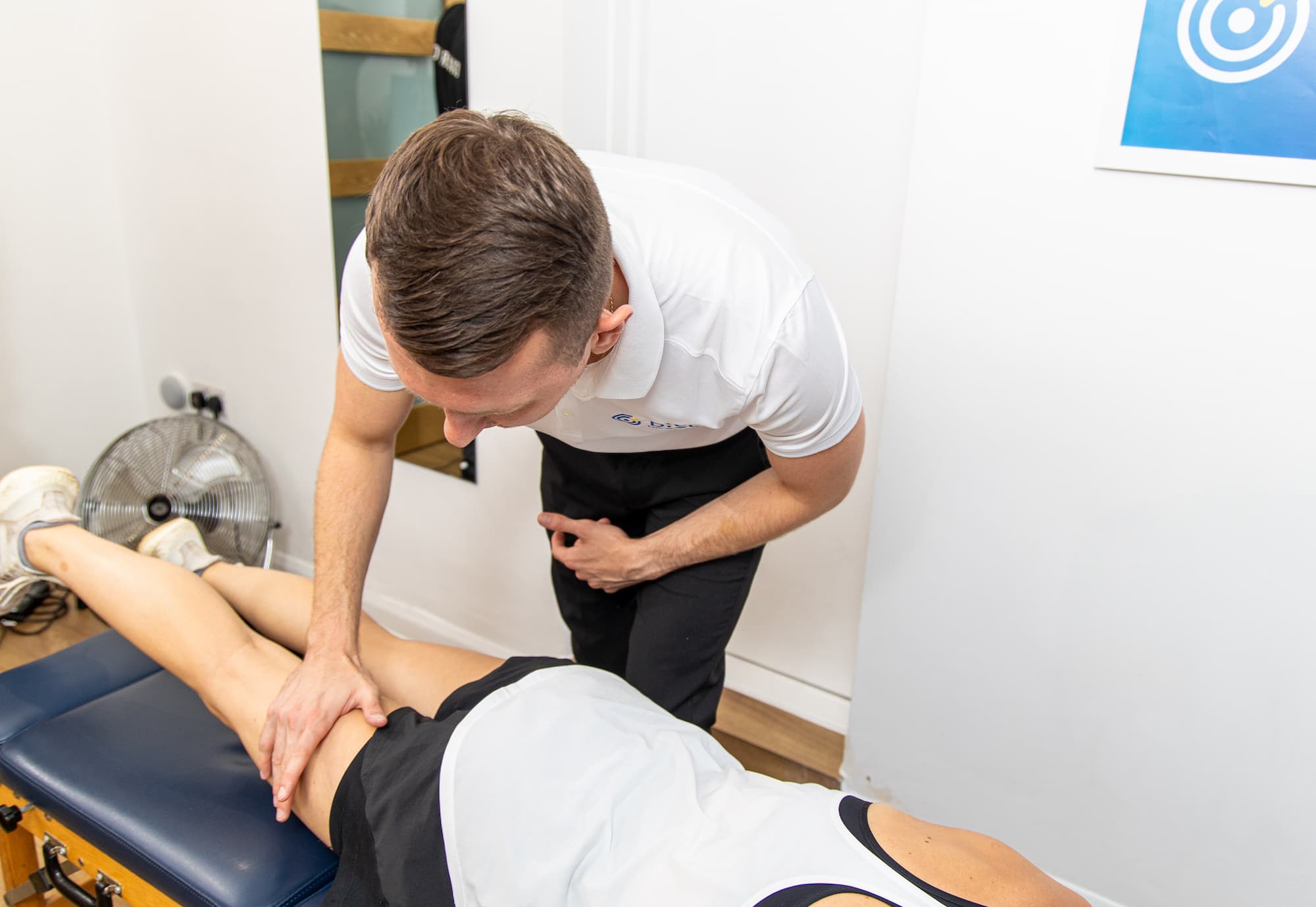
The most likely reason a piriformis muscle is tight is that it is having to be overly active to compensate for other muscles that are not firing properly, in this case the gluteal muscles.

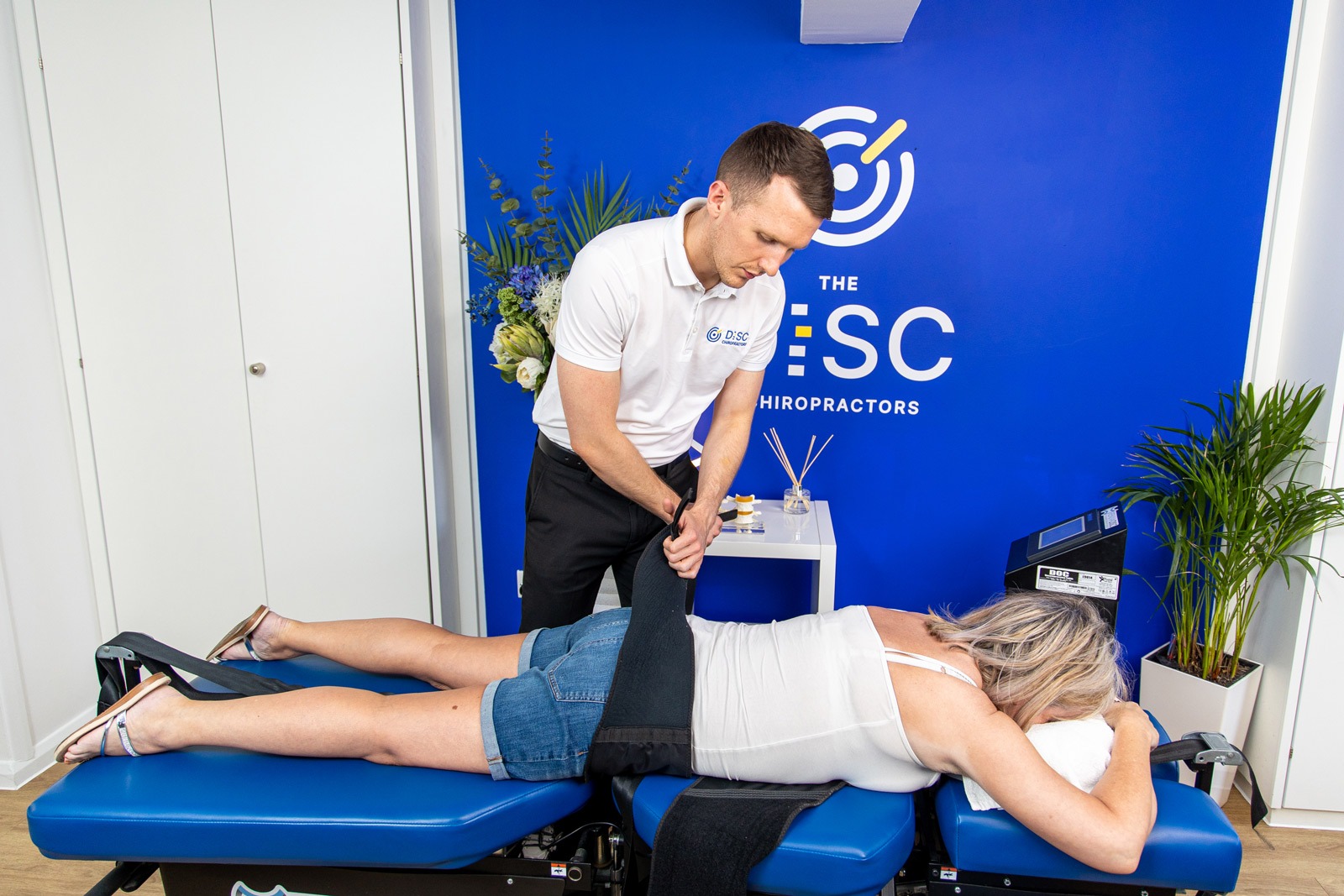
Why is nobody asking why the piriformis muscle is tight in the first place?
Often, we need to look through the entire chain of events that has happened prior to the piriformis muscle inflaming to find the true cause otherwise we are destined to episodically repeat the same complaint over and over again.
The most likely reason a piriformis muscle is tight is that it is having to be overly active to compensate for other muscles that are not firing properly, in this case the gluteal muscles.
Which in turn begs the question why the gluteal muscles are not functioning… underconditioned from a lack of exercise? excessive amounts of sitting? or top of the list… are there degenerative changes in the spine affecting the nerve supply to the area?
Previous injury or simple lack of hydration can severely impact the lower back discs reducing their function and by affect cutting down the power output to the pelvic muscles. As the hip now lacks stability it chronically tightens the piriformis and other hip stabilisers like the TFL to adapt to the loss of function.
Therefore, piriformis syndrome in our humble opinion is less a diagnosis in its own right and more a symptom of a condition deeper in the system.
DISC TREATMENT PROTOCOL
The first step in treating any condition is to find the underlying cause, often the pain experienced by a patient is the last “domino” to fall in a cascade of reactions. A thorough examination at our DISC Clinic in Surbiton will help not only identify exactly what is generating the pain but aim to understand its root cause.
Once a diagnosis is determined, treatment options to address the issue can be explored. Pain relief, corrective measures, and preventative strategies can be implemented to ensure the problem does not return in the future.
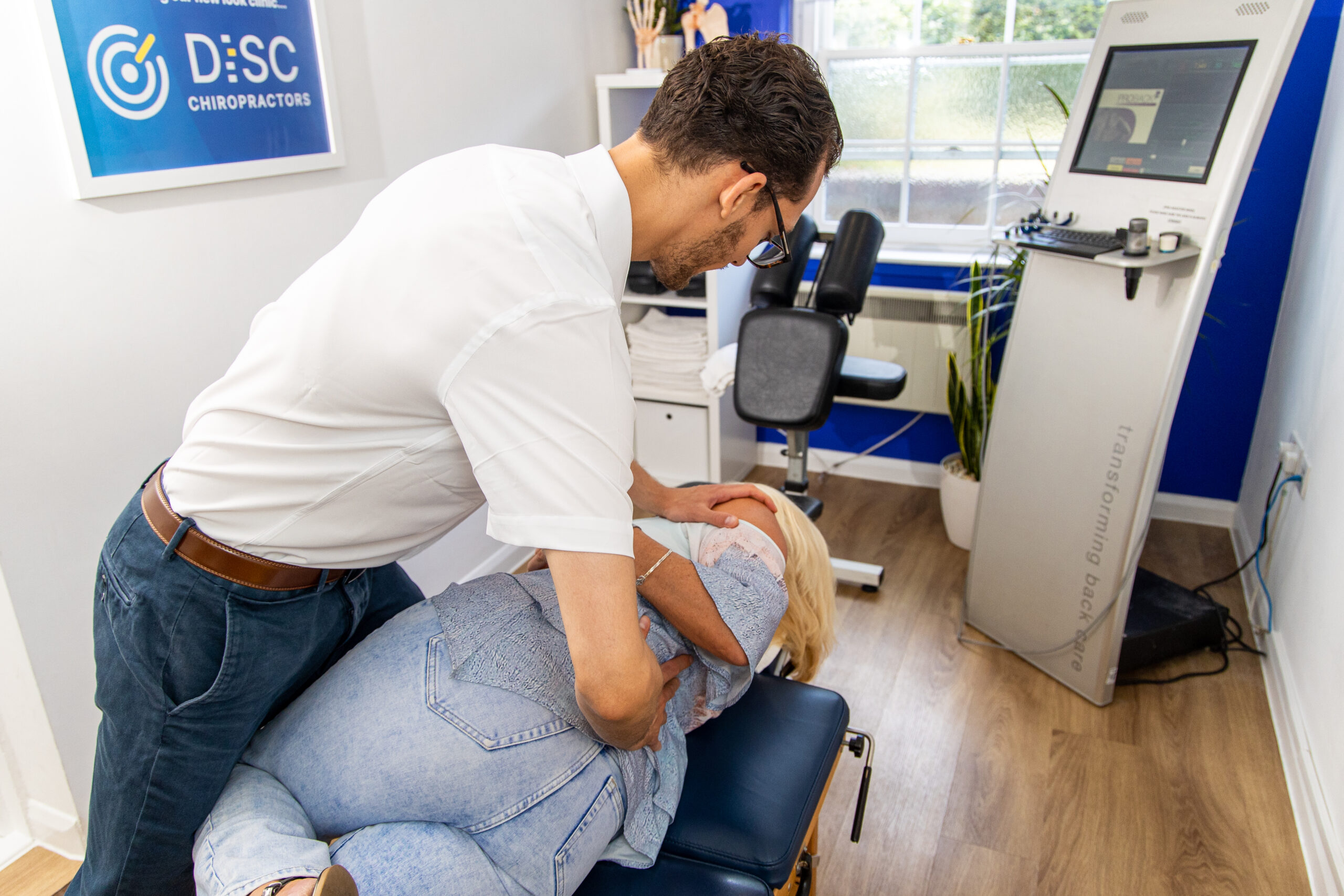
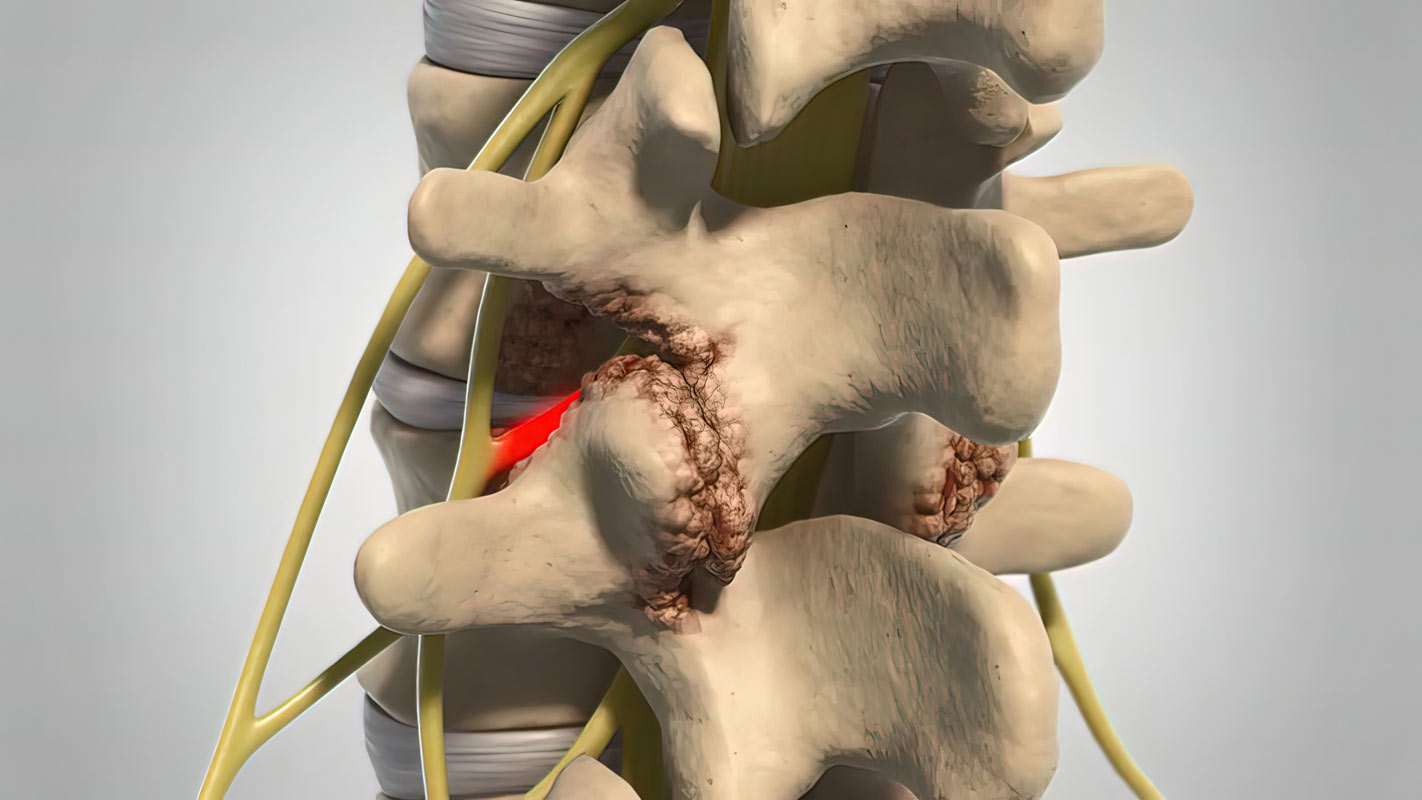
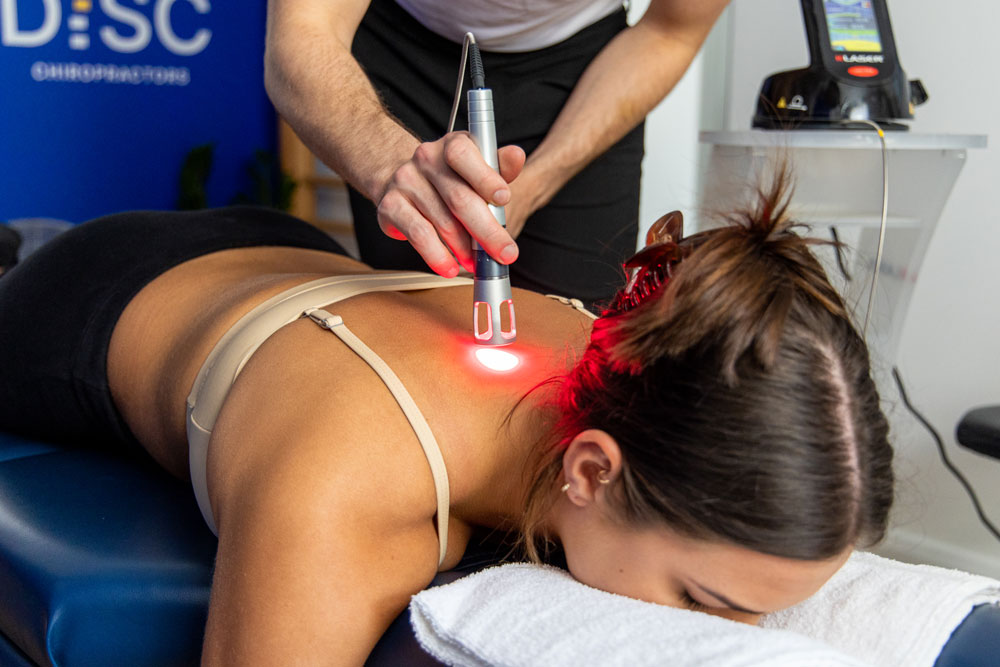
The first steps towards gaining pain relief often come by mobilising the soft tissues and joints in the area; this is achieved by using a combination of manual mobilising chiropractic techniques with our unique blend of Instrument Assisted Adjusting tools which can be used to gently initiate movement and blood flow (healing) in stubborn or inflamed tissue when stronger techniques may be contraindicated.
Spinal Decompression Therapy is one of the powerhouse treatments available at The DISC Chiropractors, its traction technology provides a unique ability to heal disc injuries and to un-trap the nerves that are often at fault for issues further down the chain for example in the arms and legs.
When conditions struggle to heal, Laser Therapy is an extremely safe and effective method of advancing rates of recovery. It’s warm photon light energy stimulates mitochondrial activity to enhance recovery in each and every cell of the body. Laser Therapy is especially useful in cases of inflammation, such as arthritic and repetitive strain conditions.
A major part of how our treatment protocols work is to ensure whilst the pain is coming under control, we are filling the patient with the knowledge of how to keep and maintain their results using corrective measures and rehabilitation tools to enhance their outcomes
